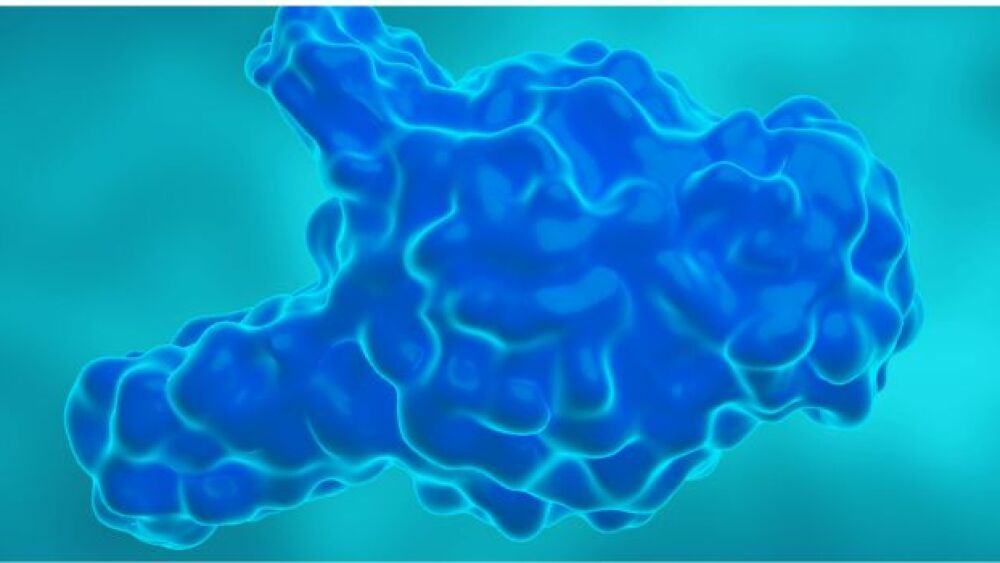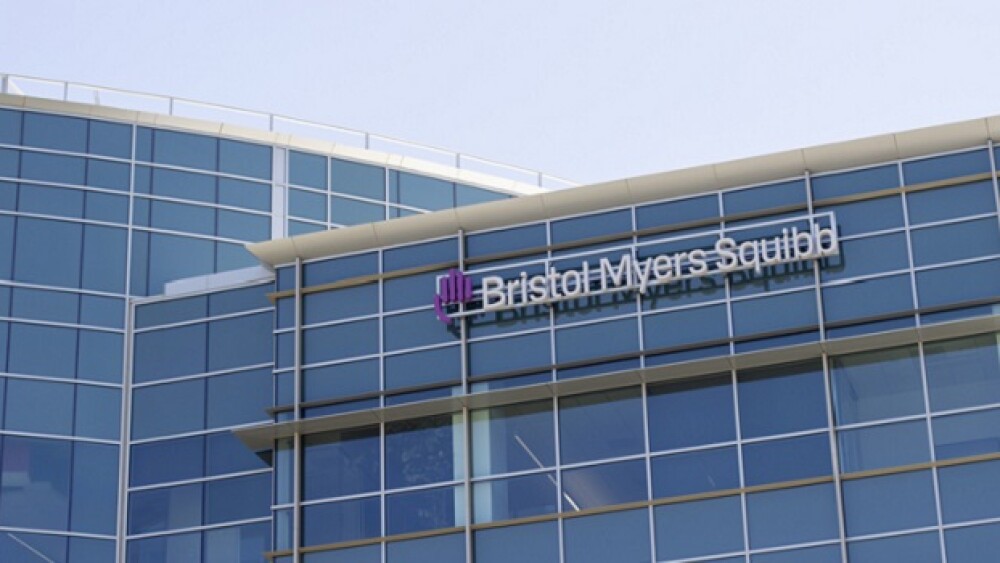PALO ALTO, Calif., June 1 /PRNewswire/ -- Biomechatronic innovations are experiencing a successful phase and are contributing to a tremendous improvement in the quality of life. Research in this area is focusing on finding solutions for the complete restoration of normal functions of organs through prosthetic devices. Innovations that can tackle medical hurdles for the usage of prosthetic devices and cost affordability of these devices are key factors affecting the growth of the biomechatronics technologies market.
If you are interested in an analysis, which provides manufacturers, end users, and other industry participants with an overview, summary, challenges, and latest coverage of Emerging Trends and Innovations in Biomechatronics, send an e-mail to Tori Foster, Corporate Communications, at tori.foster@frost.com , with your full name, company name, title, telephone number, fax number, and e-mail address. Upon receipt of the above information, an overview will be sent to you by e-mail.
Currently, core biomechatronics technologies are concerned with developments in mechatronic and electromechanical prosthetics, and bionic devices. Recent wars have resulted in a rise in the number of amputees, boosting the need for partial restoration of normal functions for amputees, a factor driving technological growth in this field. In parallel, the success achieved by cochlear implants in restoring hearing has encouraged enterprises to develop similar implants for the human eye.
In future, prosthetic devices can emerge as highly viable alternatives to the comparatively complicated organ transplants. These trends, coupled with the need for accelerating patient recovery and improving therapy quality, are the main drivers for advances in biomechatronics technologies.
"Encouragingly, several developing countries are increasingly including prosthetic devices under their health insurance schemes, while governments are diverting greater funds to address the needs of amputees, especially war victims," notes Technical Insights Research Analyst Vishnu Sivadevan. "With the funding for research and development of advanced prosthetics on the rise, biomechatronics has made fast progress in tune with the corresponding advancements in the fields of sensors, micromechatronics and biomaterials."
The advancements in microfabrication technologies are also driving the biomechatronics markets. Significant inroads made into sensor technology, embedded chips, artificial intelligence algorithms and miniature microprocessors are also contributing to technological growth.
However, a key concern for companies that have commercialized prosthetic devices is to upgrade patients to micromechatronic prosthetic devices. This, for instance, may involve upgrading from mechanical leg prosthesis to microprocessor controlled leg prosthesis. Biomechatronic companies should also develop methods to fit prosthetic devices on first-time users.
"The prosthetic devices compatible with the needs of different patients vary based on medical conditions such as the length of bones after amputation," explains Sivadevan. "In addition, financial constraints may pose hurdles to people who have not been fitted with costly biomechatronic prosthetic devices."
Overall, these enterprises need to focus on aspects such as cost reduction and achieving economies of scale before entering markets in developing countries. An increasing number of organizations are investing on expensive rehabilitative devices as the high quality of therapy offered by them overshadows the low return on investment. As biomechatronics enterprises concentrate on boosting the adoption rates of their products, they must also concentrate on making additional investments in future innovations. Companies should also endeavor to harness the untapped potential for deployment of these devices in rehabilitative healthcare establishments.
Emerging Trends and Innovations in Biomechatronics is part of the Electronic Devices (D925-TI) vertical subscription service. This study has been segmented into technology and applications viewpoint, technology adoption factor analysis, as well as assessment of global innovation and opportunities. This research service includes detailed technology analysis and industry trends evaluated following extensive interviews with market participants. Analyst interviews are available to the press.
Technical Insights (http://www.technicalinsights.frost.com ) is an international technology analysis business that produces a variety of technical news alerts, newsletters and research services.
Frost & Sullivan, a global growth consulting company, has been partnering with clients to support the development of innovative strategies for more than 40 years. The company's industry expertise integrates growth consulting, growth partnership services, and corporate management training to identify and develop opportunities. Frost & Sullivan serves an extensive clientele that includes Global 1000 companies, emerging companies, and the investment community by providing comprehensive industry coverage that reflects a unique global perspective and combines ongoing analysis of markets, technologies, econometrics, and demographics.
Emerging Trends and Innovations in Biomechatronics D625 Contact: Tori Foster Corporate Communications - North America P: 210.477.8448 F: 210.348.1003 E: tori.foster@frost.com Magdalena Oberland Corporate Communications - Europe P: +44 (0) 20 7915 7876 F: +44 (0) 20 7730 3343 E: magdalena.oberland@frost.comhttp://www.frost.comhttp://www.technicalinsights.frost.com
Keywords in this release: biomechatronics, prosthetic, mechatronic, electromechanical, bionic, amputee, microfabrication, micromechatronic, research, information, market, trends, technology, service, forecast, market share, prosthetic, rehabilitation
Frost & SullivanCONTACT: Tori Foster, Corporate Communications - North America,+1-210-477-8448, or fax, +1-210-348-1003, or tori.foster@frost.com , orMagdalena Oberland, Corporate Communications - Europe, +44-0-20-7915-7876,or fax, +44-0-20-7730-3343, or magdalena.oberland@frost.com , both of Frost& Sullivan




